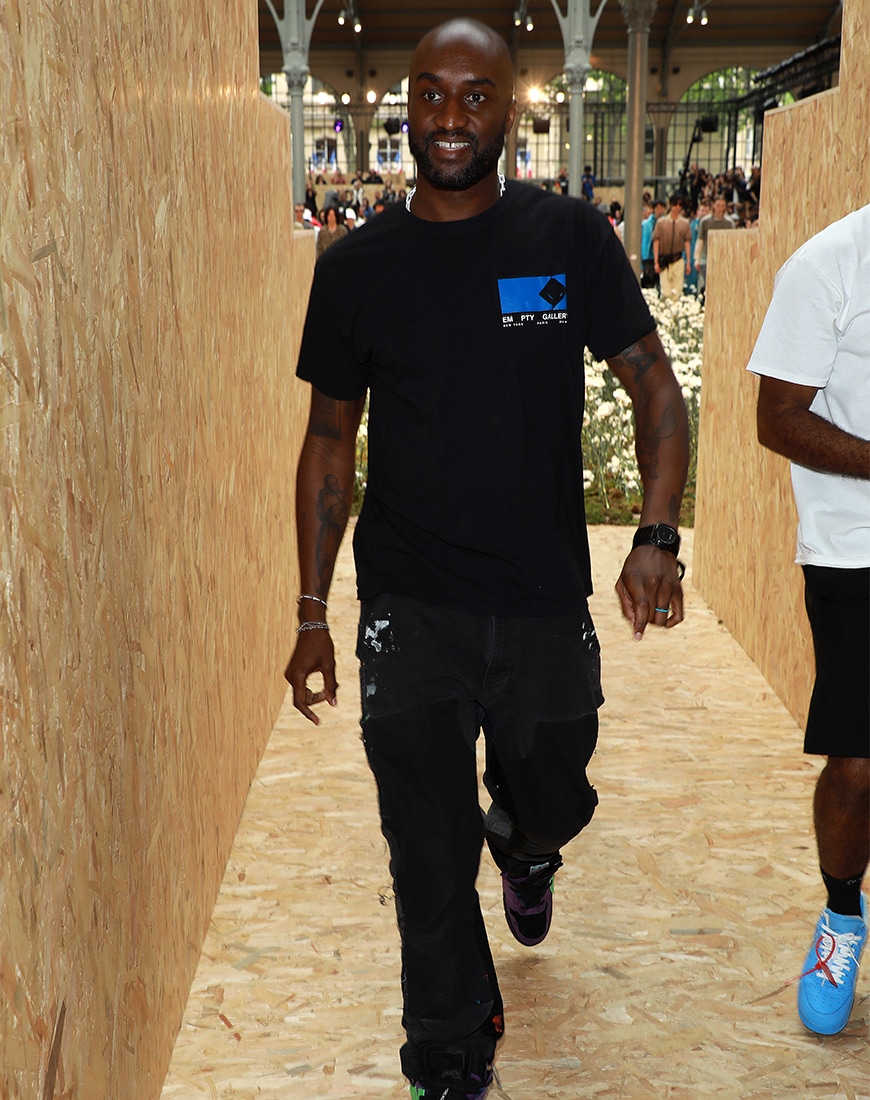STYLE. GROOMING. INSPIRATION. ADVICE.
STYLE AND CULTURE
THE HISTORY OF STREETWEAR
October 3, 2024
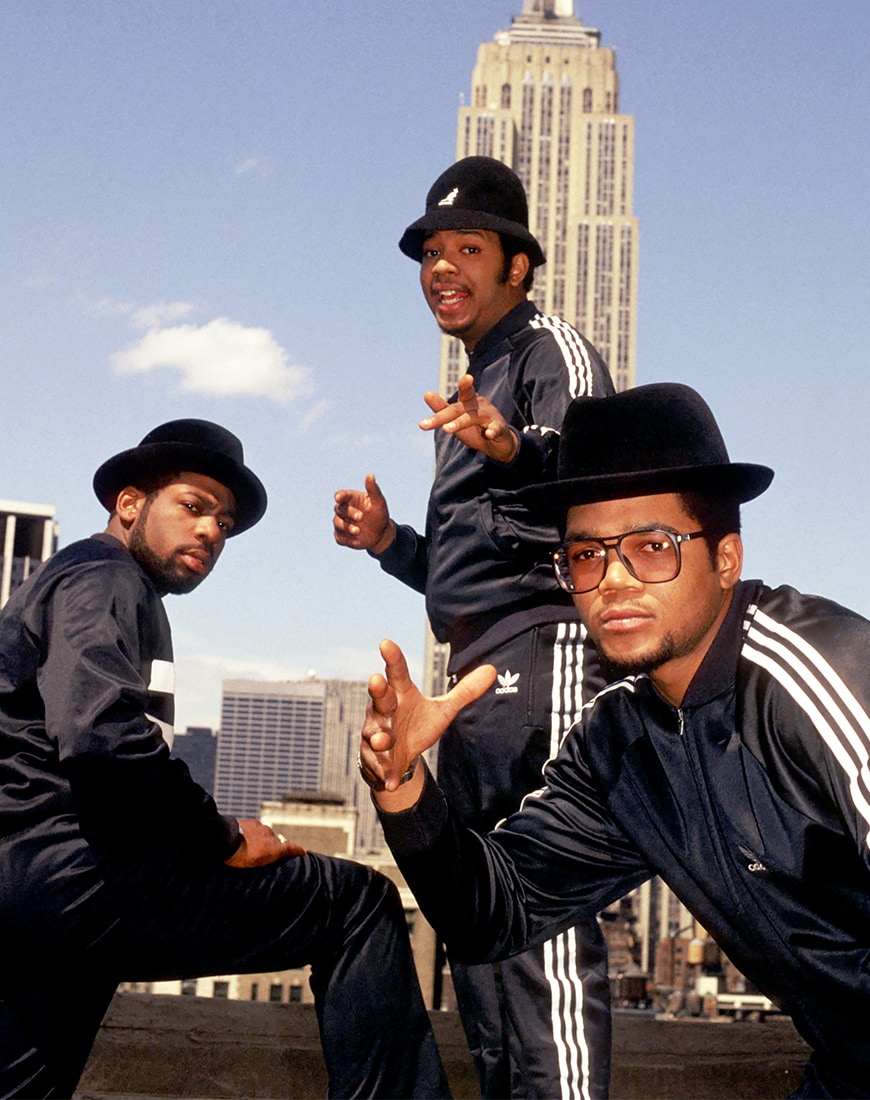
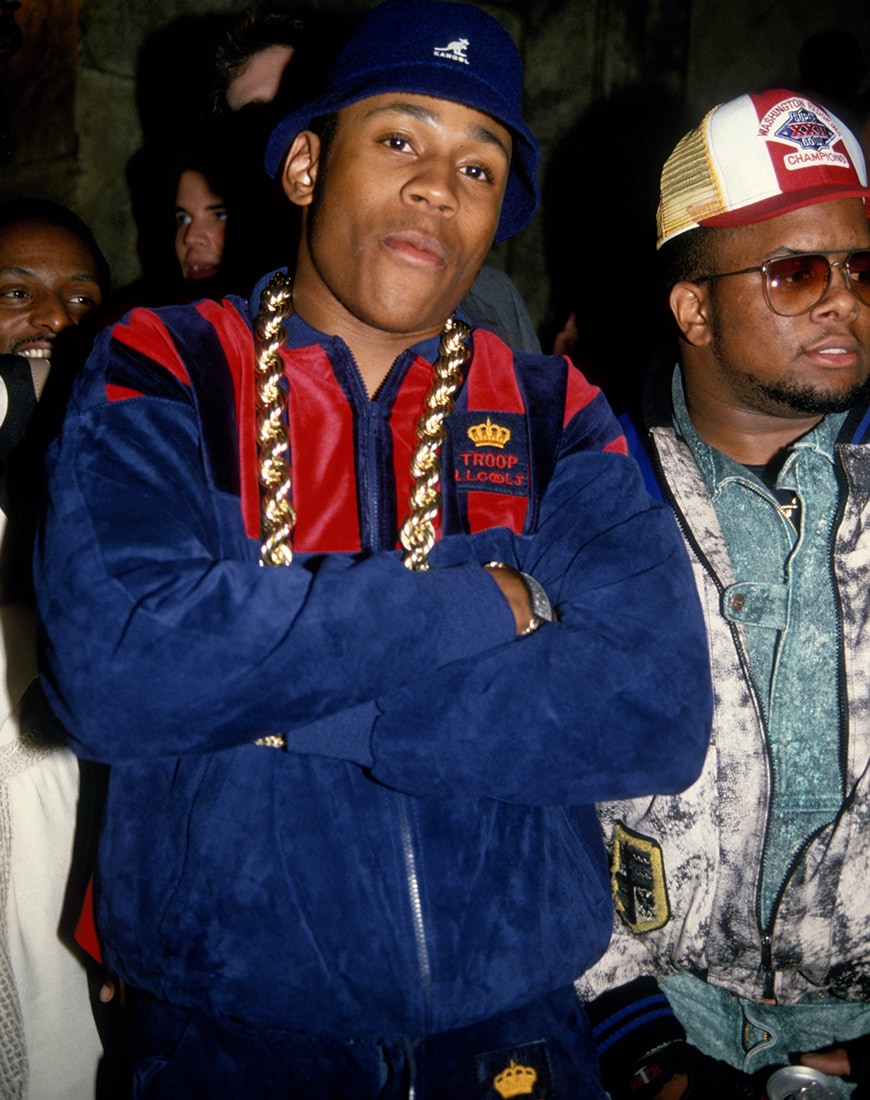
SUBCULTURES COLLIDE
While hip hop was on the come-up in the early 80s, pioneering New York MCs extended their stylings to more than just bars. Tracksuits, leather jackets and sneakers by brands like Kangol and adidas became synonymous with the city's hip-hop culture, while heavier-duty canvas and denim styles were the go-tos of the skater scene developing in LA.
At the same time, Japanese DJ Hiroshi Fujiwara began playing American hip hop in the sprawling underground scene of Tokyo. This spawned the beginnings of Japanese hip-hop culture, setting the foundations for today's global streetwear movement.
KEY PIONEERS OF EARLY STREETWEAR:
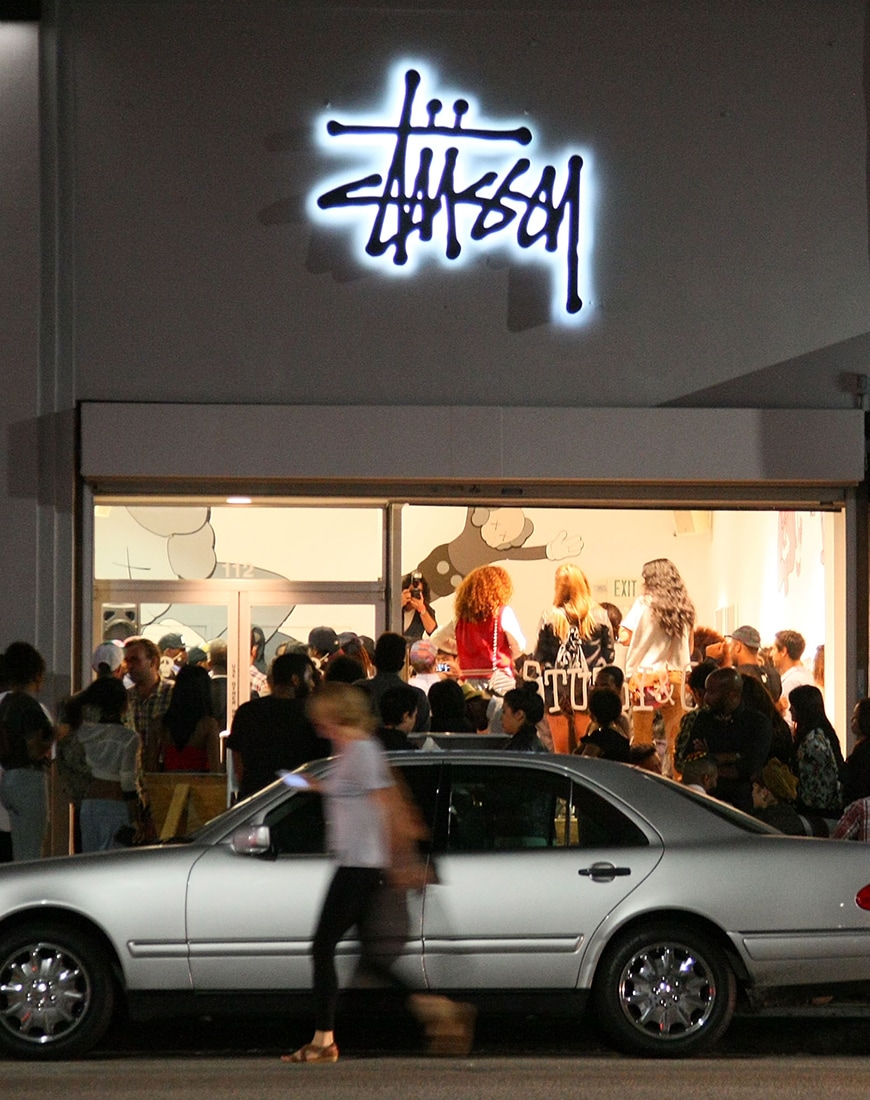
SHAWN STUSSY
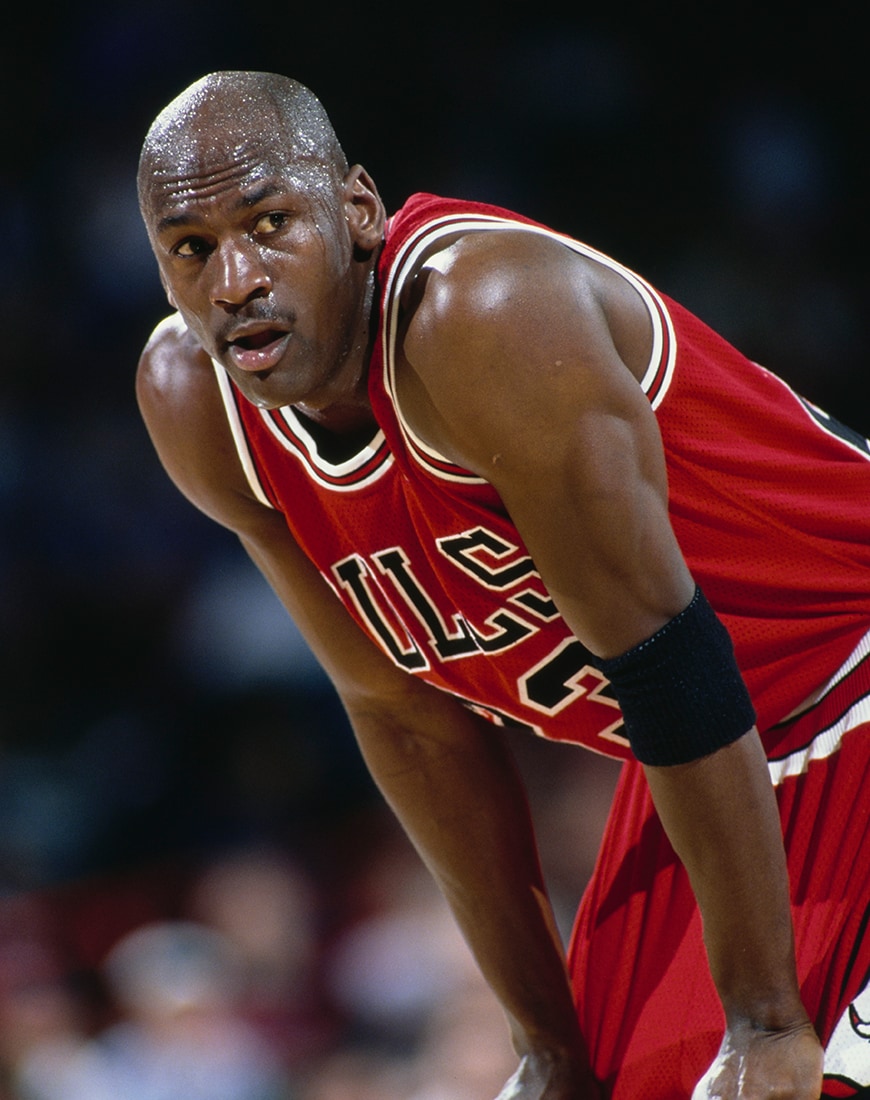
MICHAEL JORDAN
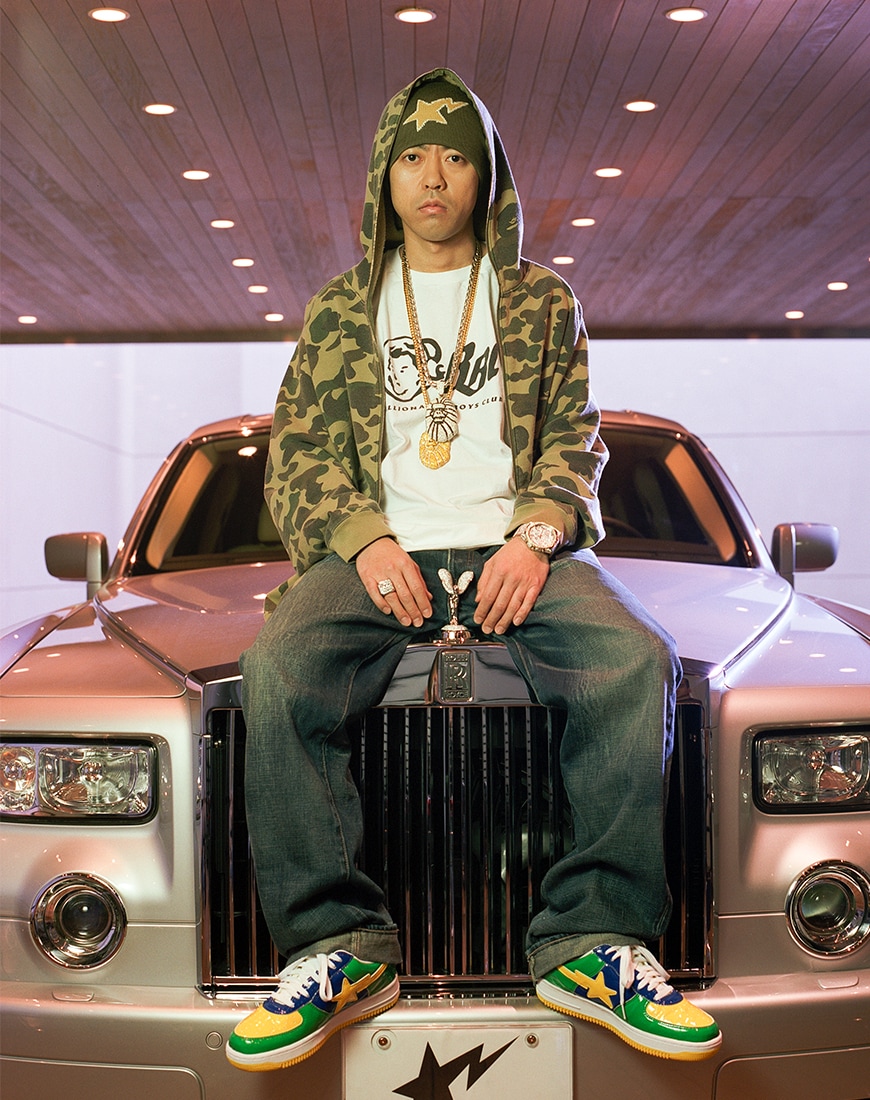
NIGO
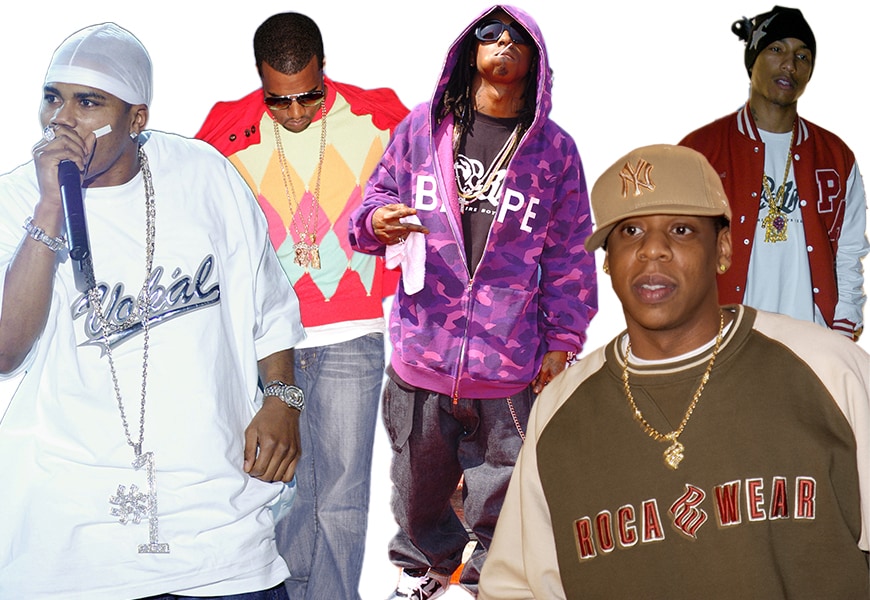
From left to right: Nelly, Kanye West, Lil Wayne, Jay-Z and Pharrell Williams
THE INFLUENCE OF CELEBRITY AND LUXURY
The late 90s/early 00s marked a key turning point. Logomania paired with a new generation of hip-hop celebrities birthed a string of fresh streetwear icons. We’re talking Lil Wayne circa 2005 rocking head-to-toe BAPE, Kanye West’s preppy-meets-street looks during the Graduation and Late Registration eras, and Nelly of course, whose hit single Air Force Ones majorly increased the shoe's demand in 2002.
At the same time, 'bling' culture (rappers flaunting diamonds and luxury goods) was taking hold of the hip-hop scene, and the high-fashion world caught on. Legendary collabs like Marc Jacobs' and Takashi Murakami’s 2003 partnership for Louis Vuitton became the new It-items.
FROM THE LATE 00s TO NOW
Despite Bape, Supreme, Stüssy and a myriad pioneering brands still being considered the gold standard of streetwear, the late 00s and 2010s used a combination of social media virality and the leverage of limited editions to raise up new icons. Vetements, Comme des Garçons and Virgil Abloh’s Off-White soon became household names.
And with new brands came new muses. Tyler, the Creator’s current wardrobe is almost exclusively grandpa-core coded, but arguably his most iconic fashion era was that of the mid-2010s, when he and fellow Odd Future members were well known for their skater-core streetwear.
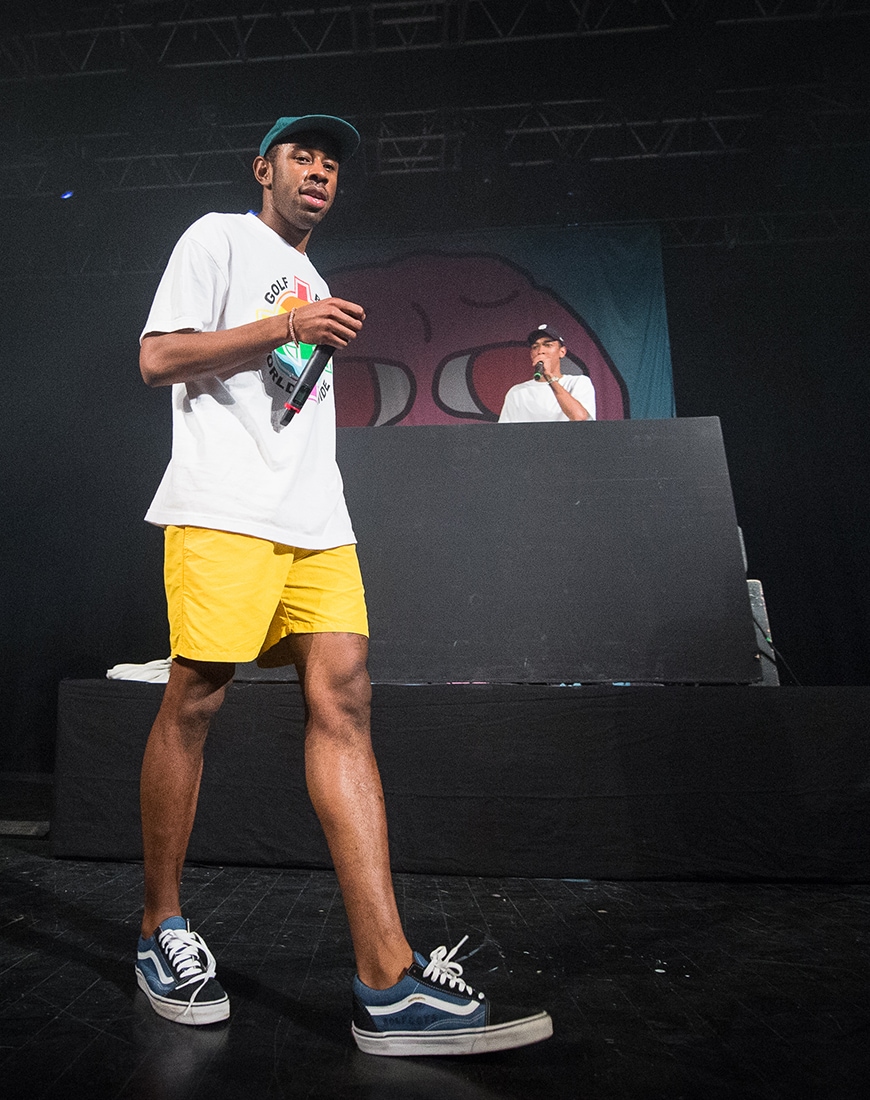
Pictures: Getty Images
